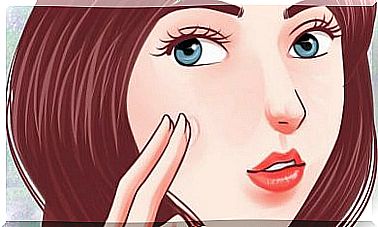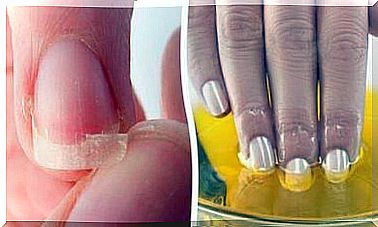Craving Or The Need To Consume Substances
Most smokers know what craving means. This term describes the addictive desire that tobacco or other addictive substances trigger. But this problem is far more complex. Learn more about this topic in our article today.

Craving is a relatively new concept that refers to the continual addiction or mental state of a person who feels the need to relive the effects of a drug.
This term was first used in the 1940s, when it was defined as the intense need to consume an opioid, such as heroin or morphine, during abstinence syndrome.
But it still seems difficult to define this situation concretely. What we do know, however, is that craving is a fundamental aspect of addiction that is very closely related to relapse.
Unfortunately, a great many drugs lead to this addiction. Even if many are not aware of it, alcohol and tobacco also cause the described psychological state in which those affected have the need to experiment with these drugs again. You will then learn interesting facts about this topic.
What does craving mean?
As already explained at the beginning , craving describes an irresistible desire up to a compulsion to take a certain substance in order to satisfy an addictive desire. This addictive pressure urges those affected to experiment again with the effects of the substance, but craving must be differentiated from the abstinence syndrome.
Abstinence syndrome is a set of symptoms that manifest themselves on both a physical and psychological level after an addicted person stops using the addictive substance (drug). For example, this is a condition that is very often experimented with by alcoholics or heroin addict patients.
In contrast, craving can also occur after the abstinence syndromes have already been overcome. This is because the need to re-experience the drug’s effects may still arise months or years after the abstinence syndrome has been overcome.
The uncontrollable desire that repeatedly drives those affected to give in to their dependency arises from many different addictive substances. As already mentioned, this is the case with tobacco and alcohol, but also with cocaine and strong opioids such as heroin.
It is therefore of the utmost importance to be aware of this fact: such a widespread and socially accepted addictive substance as tobacco can condition smokers for a lifetime. Tobacco addiction is just as serious and harmful as other drug addictions.

Are there different types of craving?
Some scientists confirm that there are different types of craving. The corresponding psychological state of those affected occurs almost parallel to the abstinence syndrome. It also manifests itself through physical symptoms such as palpitations, cold sweats and convulsions.
That is, this initial type of addictive pressure denotes the physical need to re-use a particular drug, which is expressed through the strong symptoms during abstinence. This initial craving is usually the most difficult situation to overcome.
Then there is the psychological craving. As soon as the acute abstinence syndromes are coped with, the psychological desire usually urges those affected to experiment with the substance again. This also occurs months or years after the addiction has been overcome.
How can you treat craving?
We have to be clear about the fact that every addiction and also the abstinence syndromes as well as the addictive pressure can be treated. It is best to get help from experts. A specialized psychologist or a therapy group can do a good job.
Craving is often responsible for relapses and therefore affects people who have previously been dependent on a drug. In addition, addictive pressure is also responsible for the fact that addicts find it so difficult to do without the substance and get clean. It is therefore fundamental to know this concept and learn to deal with it in order to get rid of an addiction.

The idea is to prevent situations that are closely related to the addictive pressure. This means that those affected have to stay away from certain situations that are closely related to the acquisition or use of drugs. For example, an alcoholic should avoid going out at night or going to the bar.
It is also very important to provide those affected with tools that enable them to control the automatic addictive behavior that forces them to use a drug. The psychological state and the state of mind also play an extremely important role, because relapses usually occur when those affected feel weak or sad.
Many therapies focus on teaching people how to control stress and improve self-esteem. In the same way, an effective method of control is to focus the addict’s attention on other activities, such as exercise.
Summarizing conclusion
Craving is the irrational and irresistible urge to re-experiment with the effects of a drug. It is important to know that this addiction is not only present with hard drugs like heroin, but can also be triggered by tobacco and alcohol.









